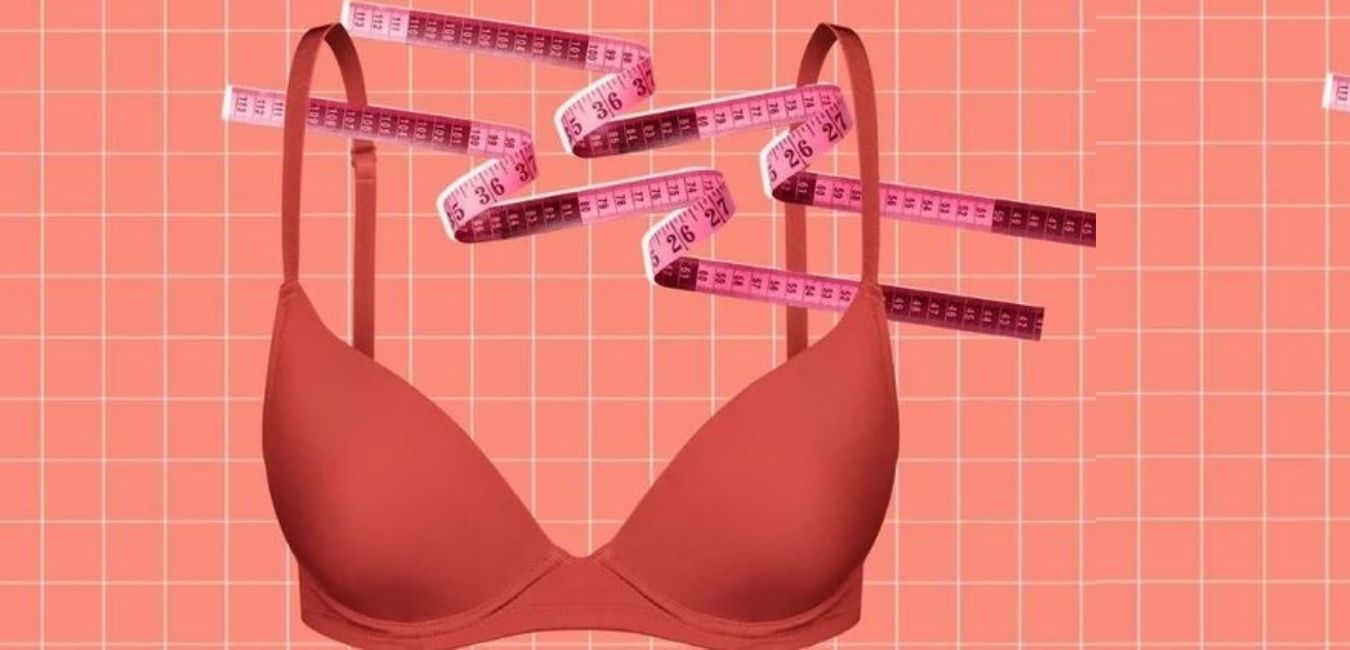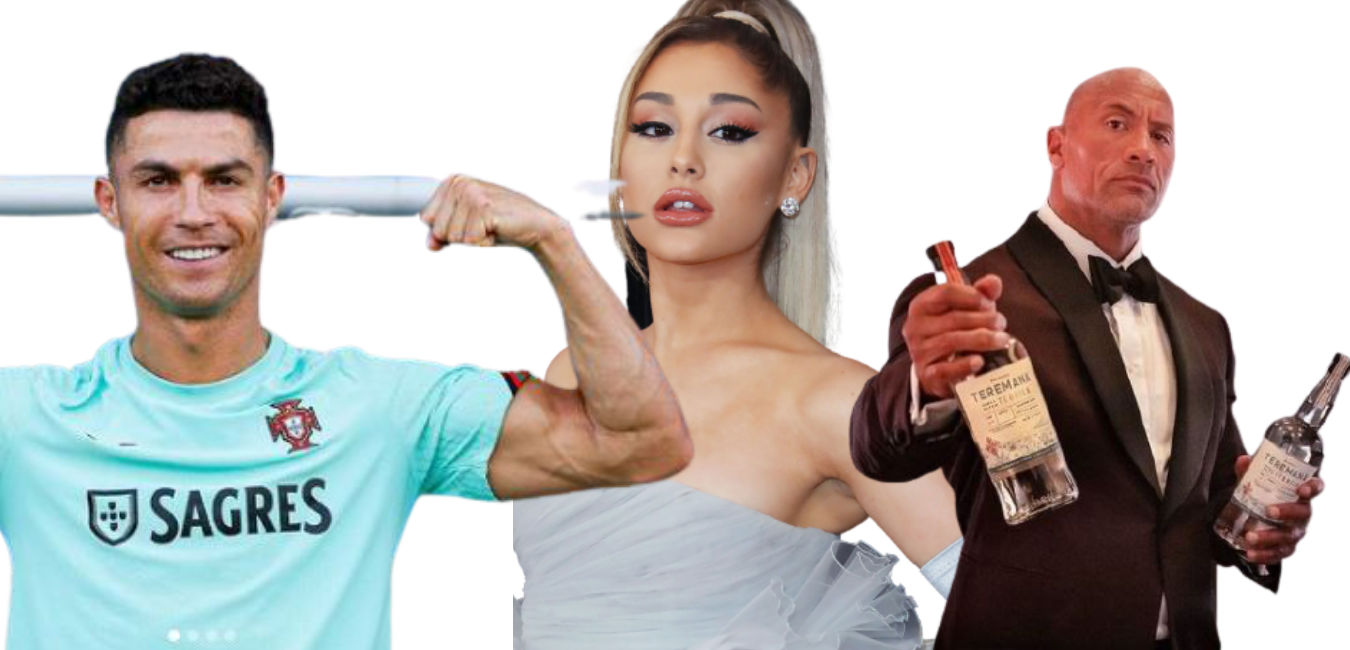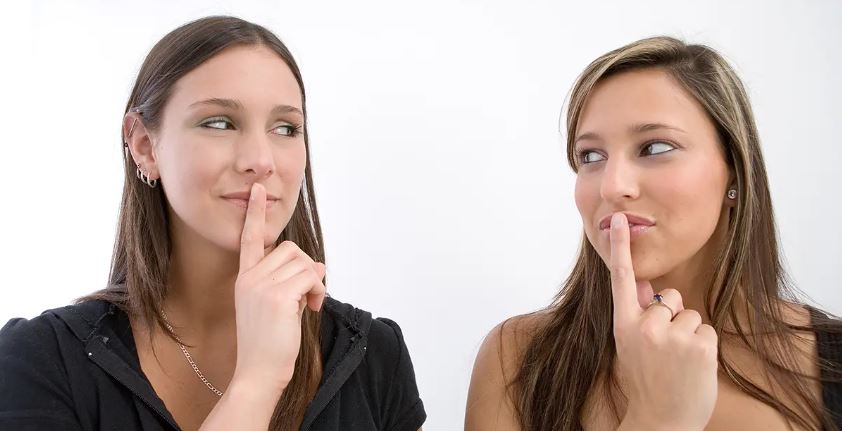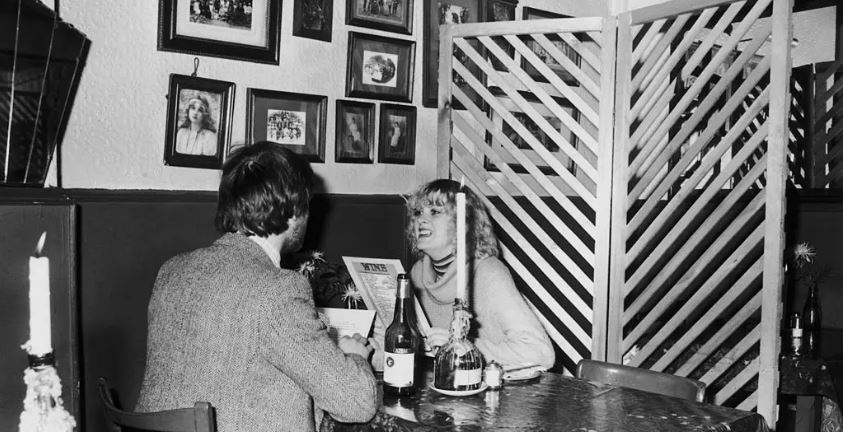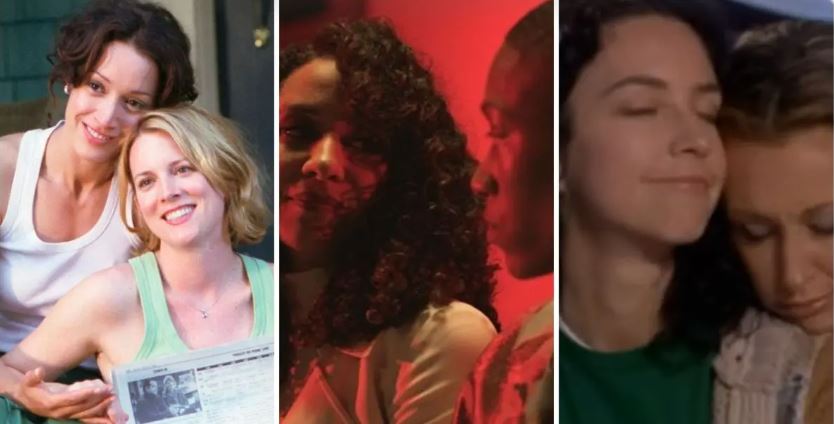Are worried about how you can measure for correct bra size? or do you ask your “how can I measure my bra size at home?” Here are 4 simple steps to follow.
The one garment that most women have a love-hate relationship with is certainly their bra. Yes, we need them to provide support to our breasts, keep them in place, make them look beautiful under a snug dress, and accentuate our assets on a hot date.
But we also hate them for the strap marks they leave behind, the fitting that at times gets too tight, and the constant need to wear them at most times. Love them or hate them, bras are a woman’s necessity.
However, they need to fit well to do the needful without causing much discomfort. Choosing a bra that fits perfectly is a mammoth of a task and requires some skill as well. How often does it happen that you try on a bra that fits well at the store but doesn’t seem like the same one you tried after coming home?
Research has proved that at least 80% of women wear an incorrectly sized bra! Most people wear a bra too large in the back and too small in the cups. Although sizing can vary slightly between brands, all follow a basic measurement system that you can use to measure your bra size in the comfort of your own home.
Well, blame yourself to be stuck with an ill-fitted bra that perhaps cost a bomb. To prevent this from happening ever again, we have for you some tips to help you measure your bra size the right way and buy a bra that fits perfectly.
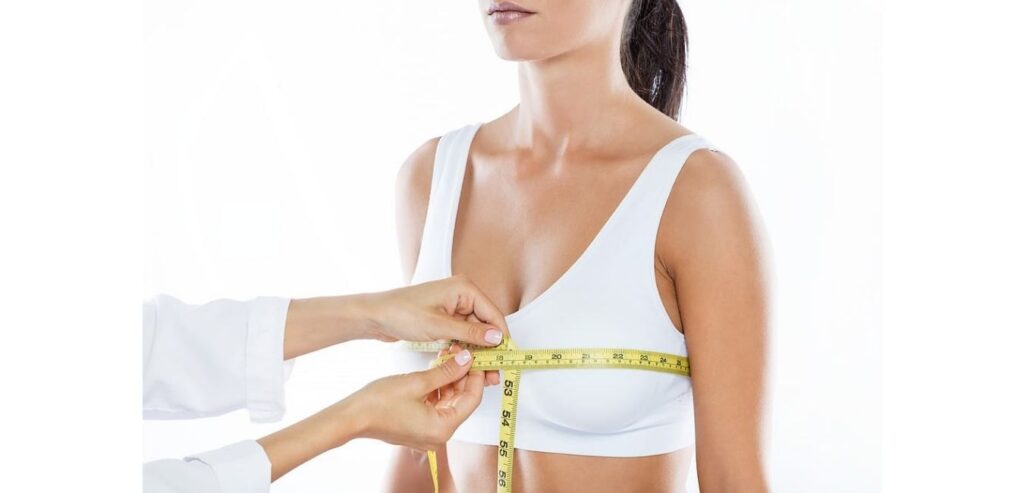
In this article, you will learn:
- How to choose the right type of bra.
- Signs you’re wearing the wrong bra size.
- Signs your bra fits properly.
- How to measure your bra size at home.
- Summary.
- And some frequently asked questions about bra size measurements.
How to choose the right type of bra
When it comes to bra styles, there are a plethora of options available in the market. They can be a tad bit confusing as there’s full cup, demi-cup, padded, underwired, strapless, detachable straps, halter, and so on. Depending on what you want to wear, you can choose the bra type. For instance, you have a T-shirt bra that gives you a seamless look, and then there is the strapless bra for tops and dresses where your shoulders are exposed. For everyday wear, you can opt for a lightly padded bra.
Signs you’re wearing the wrong bra size
If your bra doesn’t fit properly, chances are you’re not getting the best form of support. Some people even report experiencing discomfort such as:
- straps slipping off
- gaping cups
- spillage
- underwire digging in
- tightness around your rib cage
- back and shoulder pain
Signs your bra fits properly
Once you think you’re happy with how your bra fits, there are a couple of signs to be sure:
- The bra feels secure on the loosest hook. Your bra will lose its elasticity over time, so starting on the hook that gives the biggest band means that you can tighten it when you need to, rather than realising it’s too big when it’s too late.
- Your straps feel fixed in place but don’t dig in. There’s nothing worse than pulling your bra straps up 100 times a day. Tighten your band first, and then tighten your straps so they’re secure, but not hurting.
- There is a finger-width of space underneath the band. A good indicator of whether your bra fits you properly is how many fingers you can slide underneath the band. A well-fitted bra should only let you slide one finger under it.
Follow all of these steps and you’ll be on your way to some well-deserved, well-cupped boobs. Oh, and a bra that fits properly.
How to measure your bra size at home probably before buying them

1. Measure your band size
Wearing your bra (no sports bras or minimisers, please), take a snug measurement around your rib-cage in inches, directly under your bust, and level all around. If you get an odd number, round up to the next whole number.
- You may see some flesh puckering under the tape. This is normal.
- This measurement is taken tightly, because you want the band of your bra to be very snug.
- If you do not measure exactly to the inch, round up.
Steps:
- Put on your best-fitting, non-padded bra.
- Wrap a measuring tape snugly around your rib cage, just beneath your bustline.
- Adjust the tape so that it’s parallel to the floor.
- Exhale deeply—you want the smallest measurement possible.
- Round to the nearest whole number and refer to the size chart.
Tip: Because bra bands tend to stretch over time, your bra should fit firmly on the last hook when new.

2. Measure your bust size
Take a loose measurement over the fullest part of your bust in inches, keeping the tape level around your body. If needed, round up to the nearest inch.
- Don’t pull the measuring tape too tight.
- If you do not measure exactly to the inch, round up.
- For every inch difference, go up a cup size. 1” would be an A cup, 2” a B, and so on.
- If your cup size is greater than a D, different manufacturers will classify your cup size differently, so you may have to try different cup sizes when you fit bras.

3. Measure your cup size
Take your bust measurement (usually the bigger number) and subtract your band measurement. This number corresponds with your cup size. If your bust measurement and band measurement are the same numbers, you’re an AA cup. If there’s a 1-inch difference between bust and band you’re an A cup; a 2-inch difference is a B cup, 3 inches is a C cup, 4 inches is a D cup, and so on. For example, if your bust measurement is 37 inches and your band is 33 inches, you would be a D cup because of the 4-inch difference.

4. Calculate your bra size
Subtract your band size from your bust size.
- The difference between these two numbers is your key to finding your cup size. A 1 inch difference = A cup. 2 inch = B cup. 3 inch = C cup. 4 inch = D cup. 5 inch = DD cup.
- Once you go above 5 inches (12.7 cm), cup sizes will differ with each company. There should be a sizing chart on the company’s website and you can use your band and bust measurement to find which cup you want.

5. Don’t get attached
Just as our clothing sizes change throughout our lives — and from brand to brand — so too do bra sizes. “There’s way too much variability in the lingerie industry and in the way bras fit to get extremely attached to one bra size,” Harrington says.
“You should buy the bra that works in the size that works for you, which might not be the size that you measured yourself at. I do think that often people will make their bra size a part of their identity, and the concern when you do that is you may find yourself not getting the best fit you can get either because your identity is so wrapped up in being a C or a D cup when really you could be better suited to an F cup”, Harrington added.
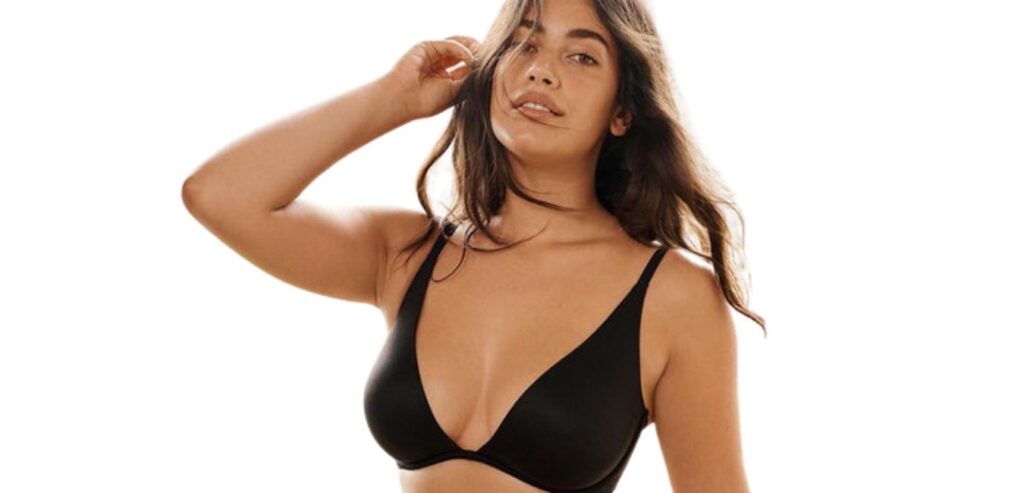
Summary on how to measure yourself right
Most women in this world wear the wrong bra size that can cause discomfort and less support. However, measuring yourself right can help a great deal to avoid making this mistake. Do this exercise at home before you go bra shopping as you will need an inch of tape. You need to know that every bra has a cup size and a band size that helps you find an accurate one for your breasts.
First, wear the best-fit bra you own currently, and then using an inch tape, measure the fullest part of your breast. It is best to wear a non-padded or a lightly padded bra for this exercise to get accurate measurements. Note down this measurement and then measure the area right below your bustline.
Now comes the tricky part. To get your band size, you need to add 3 if the number you got earlier of your bust size is an odd one and 4 if the number is an even one. For instance, if your bustline measurement is 31, you add 3 making it 34. And if it is 32, you add 4 making it 36. Note that we have calculated all measurements in inches. The number after adding is your band size.
Now, to get your cup size, you need to subtract your band size from the figure you got earlier of your fullest part of the breast. The difference will be a single-digit number and will determine your cup size. For example, if the band size is 32 and the fullest part is 30, the cup size is 32-30 which is 2. To determine it in the alphabet, you need to remember this, A=1, B=2, C=3, D=4, and so on.
Your final measurement is your band and cup size. So, if your band size is 34 and the cup size is 2, your bra measurement is 34B. Yes, it can be a bit tricky but once you have this measurement, you can go bra shopping without having to worry about the fit.
However, sometimes the fit changes according to the bra style but it is only marginal and a cup size up or below. So, do try a bra of the measured size but if it feels a tad uncomfortable then you can go for the next size.
Check this measurement once every six months to see if it has changed or not. Usually, the shelf life of a bra is also about six months so before you go shopping again, it is a good idea to measure yourself once.
Bra Q&A
Can your bra size change?
But guessing games aside, it is good to have a definitive number and letter to be looking out for to make shopping for a new bra (especially online) enjoyable again. All you need to measure your bra size at home is a tape measure, and a piece of paper to take notes of each measurement you make.
How do I work out my cup size?
How do I know if my bra fits properly?
The best way to assess the fit? Put on your slinkiest T-shirt: “If you can see any lines or bulging skin, you know it’s not the right size,” explains Emilie Moraes, resident expert at Harvey Nichols.
How do I know if the band is firm enough?
Don’t be alarmed if it feels too tight at first. “If you’ve been wearing something very loose in the back, and then I put you in something firmer, your body needs time to adjust,” says Dunmore.
Why do my bra straps keep falling down?
If you find yourself continually adjusting your straps to lift your bust, revisit your band size. If your straps consistently slide off your shoulders, it might be because your shoulders slope downwards. In this case, move towards a racer-back style. A good rule of thumb is to be refitted every six months.

